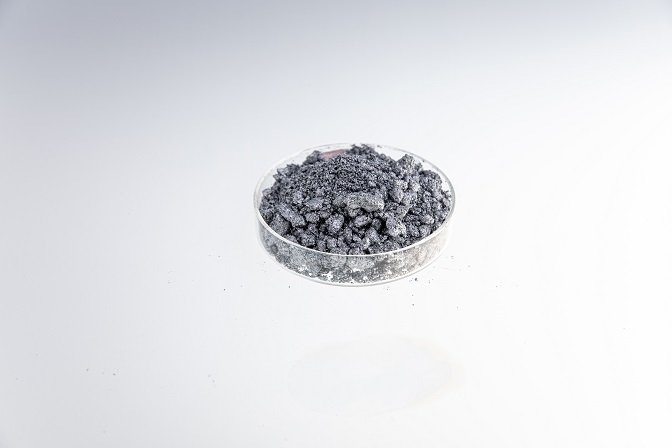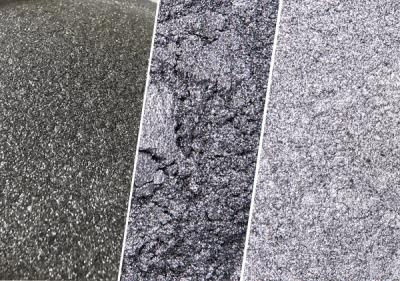Aluminum paste is a versatile and widely used material in various industries. Understanding its basics is crucial for anyone involved in fields such as coatings, inks, plastics, and more.
Aluminum paste is a suspension of fine aluminum particles in a liquid medium, usually a solvent or a resin. These particles give the paste its characteristic metallic appearance and properties. The size and shape of the aluminum particles can vary, which significantly impacts the paste's performance and characteristics.

One of the most prominent features of aluminum paste is its high metallic luster. It can provide a shiny and reflective surface, making it ideal for applications where a metallic look is desired. This luster can enhance the visual appeal of products, such as in the automotive industry for car coatings or in the packaging industry for creating eye-catching labels and boxes.
Aluminum paste has good covering power. A small amount of it can effectively cover a large surface area, hiding the underlying substrate and providing a uniform appearance. This property is beneficial in paint formulations, as it helps to reduce the amount of pigment required and achieve better cost-effectiveness.
Depending on the formulation and the type of resin used in the paste, it can exhibit certain levels of chemical resistance. This means it can withstand exposure to various chemicals without significant degradation, ensuring the durability and stability of the final product. For example, in some industrial applications where the coated surface may come into contact with solvents or mild acids and bases, aluminum paste with appropriate chemical resistance is essential.
The ability of aluminum paste to remain evenly dispersed in the carrier medium is vital. Good dispersion stability ensures that the paste does not settle or separate over time, maintaining its homogeneity and performance. This is crucial during storage and application, as it allows for easy handling and consistent application results.
The production of aluminum paste typically involves several steps. First, aluminum ingots are melted and then atomized into fine particles. These particles are then treated and coated to improve their dispersion and stability. The coating material may be a variety of resins or surfactants, depending on the intended application. After coating, the particles are dispersed in the appropriate liquid medium to form the final aluminum paste product.
In the coatings industry, aluminum paste is used in a wide range of applications, including architectural coatings, automotive coatings, and industrial coatings. It can provide decorative effects, corrosion protection, and heat reflectivity. For example, in exterior building coatings, aluminum paste can help reflect sunlight and reduce heat absorption, improving the energy efficiency of the building.
In the printing ink industry, aluminum paste is used to create metallic inks for packaging, labels, and publications. It adds a shiny and luxurious touch to the printed materials, making them more attractive and distinguishable. Metallic inks containing aluminum paste are often used for high-end product packaging to enhance the brand image.
Aluminum paste can be incorporated into plastic materials to give them a metallic appearance. This is commonly used in the production of plastic toys, household items, and automotive interior parts. The addition of aluminum paste can improve the aesthetic appeal of the plastic products and make them look more like metal without significantly increasing the weight.
When handling aluminum paste, it is important to follow proper safety procedures. The fine aluminum particles can be a potential inhalation hazard, so appropriate respiratory protection should be worn. Additionally, the solvents or resins used in the paste may be flammable or have
other safety risks. Adequate ventilation and proper storage are necessary to ensure the safety of workers and the environment.
In conclusion, having a solid understanding of the basics of aluminum paste is essential for anyone working with this material. From its properties and production process to its applications and safety considerations, knowledge about aluminum paste can help in making informed decisions and using it effectively in various industrial processes.




